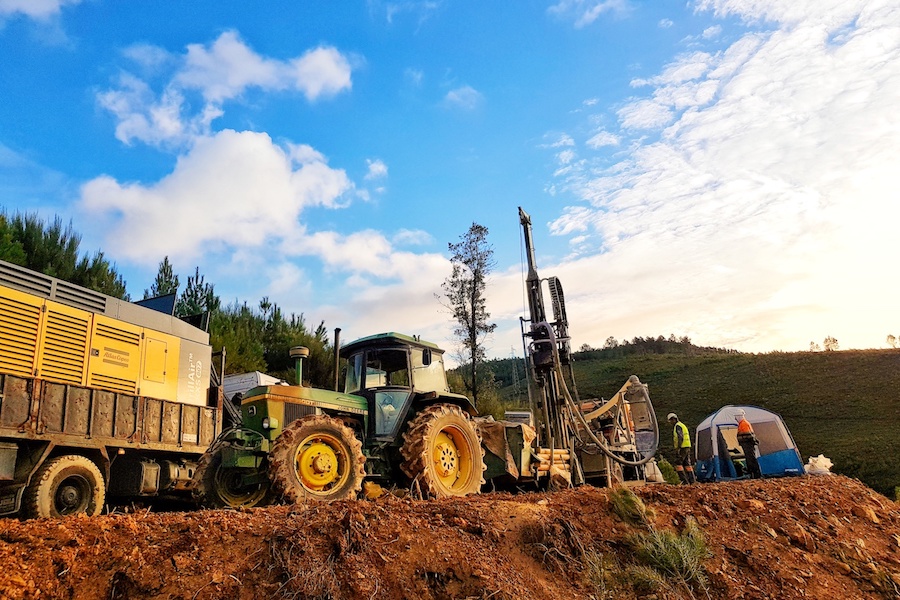“The results we have announced today, which come from holes at Pinheiro, NOA and Reservatório, all confirm the dual potential, highlighted by earlier results, for these orebodies to contain areas of higher-grade mineralization than previously identified.”
With 60,000 tonnes of known reserves, Portugal is already Europe’s biggest lithium producer for the ceramics industry.
The region of Barroso — a Food and Agriculture Organization heritage site — contains one of the world’s richest mineral deposits.
The lithium project, slated to be Western Europe’s largest spodumene lithium mine, has faced opposition from locals and environmentalists through protests, legal challenges, and refusals to sell land. About 24% of the land needed is privately owned, while 75% consists of traditional “baldios”, or common land.
Savannah plans to build four open-pit lithium mines in northern Portugal. The company aims to extract enough lithium annually for 500,000 EV batteries and commence production in 2026.
With production slated to begin in 2026, Barroso is forecast to reach a throughput of about 1.5 million tonnes a year over the estimated 14-year mine life. The estimation is based on a resource of 20.5 million tonnes at 1.05% lithium oxide.
The project has estimated reserves of 28 million tonnes in high-grade lithium.
(With files from Reuters)
This article was published by: MINING.COM Staff Writer
Visit the original article here



